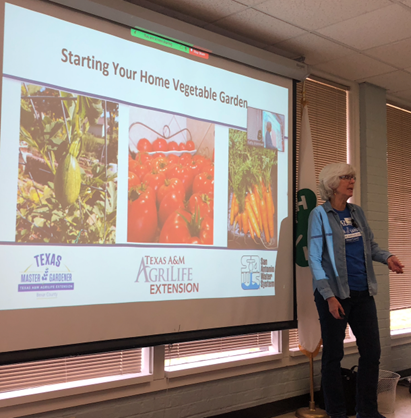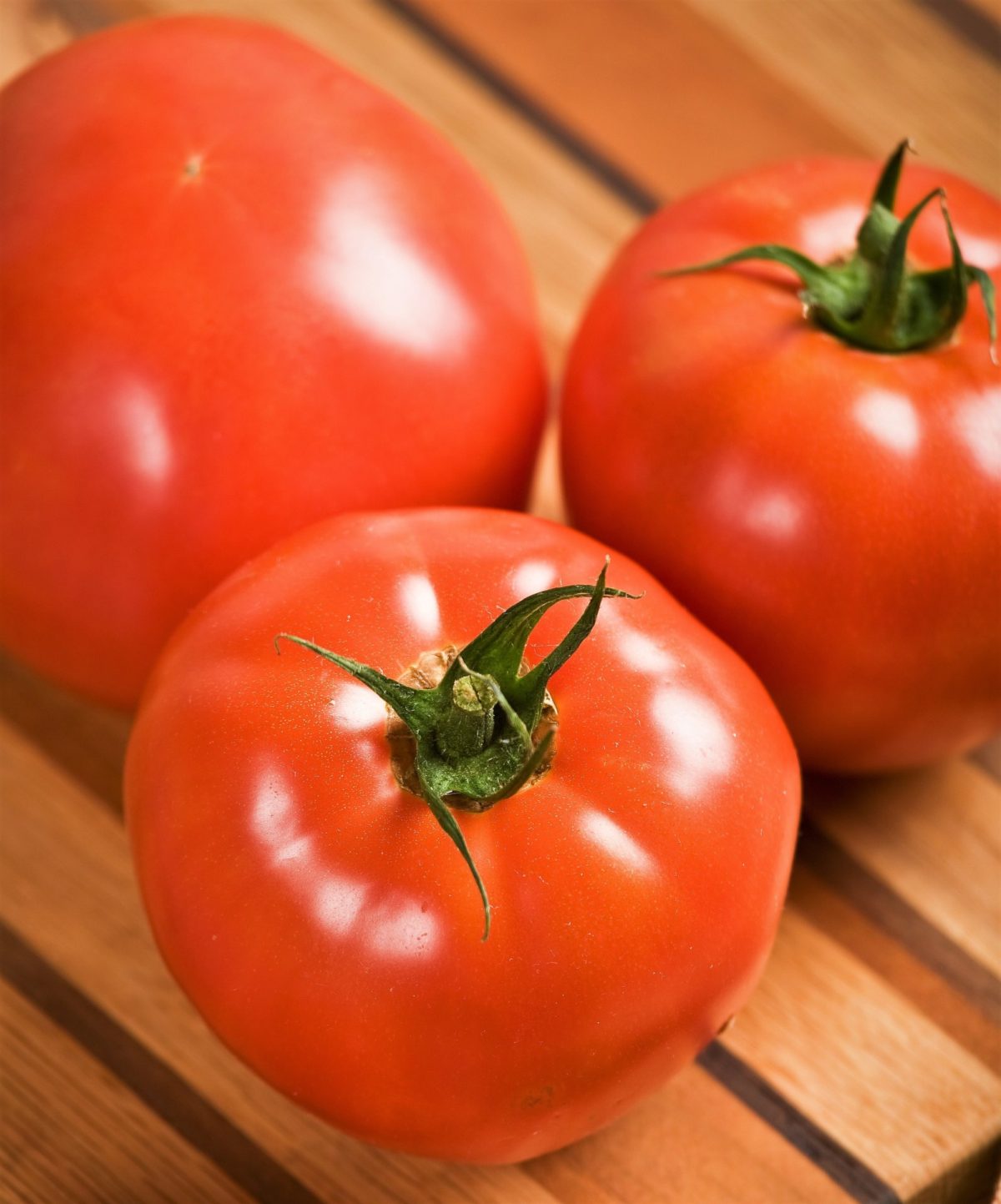By William “Bill” Swantner, Bexar County Master Gardener May 2024 As of March 31, 2024, the official rainfall amount for San Antonio for 2024 is approximately 24″- which is excellent because we average 32″ of rainfall per year. If your lawn has been aerated and a layer of compost has been added, then there is no need to add any …
Deep in the Heart of Texas – the Hardy Rock Rose
By Noelle Gellert, Bexar County Master Gardener Intern May 2024 If there is one plant that has surprised me with its beauty and hardiness over the past few years it is the rock rose (Pavonia lasiopetala), also known as las rosas de San Juan, pavonia mallow, rose mallow, rose pavonia, Texas mallow, Texas pavonia, or Wright pavonia. A bonus for …
The Alice Du Pont Mandevilla: A Gem Among Climbers
By Jason Fransella, Bexar County Master Gardener Intern May 2024 In the world of ornamental gardening, climbers add a vertical charm that few other plants can match. Among these, the Mandevilla genus stands out for its lush foliage and vibrant blooms. The Alice du Pont variety, in particular, has captured the hearts of gardeners with its stunning display and ease …
April Lunch and Learn: Patio Citrus Gardening
Presented by Nancy Mills, Bexar County Master Gardener Summary by Sherri McShane, Bexar County Master Gardener May 2024 Nancy Mills, Bexar County Master Gardener, presented an informative program on Patio Citrus Gardening for the Bexar County Master Gardener’s monthly April Lunch and Learn. Nancy provided excellent information, ensuring that attendees received research-based and locally relevant information on growing citrus in …
Soil Blocking: A Sustainable Way to Start Your Seeds
By Jason Fransella, Bexar County Master Gardener Intern April 2024 If you are looking for a way to start your seeds without using plastic pots or trays, you might want to try soil blocking. Soil blocking is a method of forming blocks of moist potting mix that hold their shape and serve as both the container and the growing medium …
Plants, Pets and People
Toxins you Might Encounter in your Spring and Summer Travels and Gardening By Mary Young-Davis, Bexar County Master Gardener Intern April 2024 Growing up as a pathologist’s daughter near the bayous in Central Louisiana, I quickly learned that plants can be both beautiful and dangerous to us and potentially to our pets. With that early learning, I’ve noted some flowers and …
Turfgrass April
By William “Bill” Swantner, Bexar County Master Gardener April 2024 In the first week of March, the temperatures were in the high 80s and felt like it was in the 90s. If these temperatures are any indication, this could be another long hot summer. The turf grasses are starting to green up and the temptation is to add synthetic fertilizer, …
Plant Spotlight: Culinary (or common) Sage
By Mary Cennamo, Bexar County Master Gardener April 2024 This perennial garden herb (Salvia officinalis) is in the Lamiaceae (mint) family. The mint family contains many other well-known plants such as American beauty berry, coleus and rosemary. Characteristics of plants in this family include square stems and aromatic leaves that are opposite one another on the stems. Salvia comes from …
Starting your Home Vegetable Garden
BCMG Lunch and Learn presented by Kathy Breniman, BCMG March 2024 Summary by Sara Sherwood, Bexar County Master Gardener Intern On February 9, 2024, I had the pleasure of attending a Lunch & Learn presentation by BCMG Kathy Breniman entitled “Starting Your Home Vegetable Garden.” A vegetable gardener throughout her life, Kathy Breniman has grown vegetables in Iowa, California, and Texas. …
The Celebrity Tomato: A Texas Superstar in the Garden
By Jason Fransella, Bexar County Master Gardener Intern March 2024 Are you looking for a tomato that has it all? A tomato that is easy to grow, produces large and tasty fruits, and has excellent disease resistance? A tomato that can thrive in the Texas climate and soil conditions? A tomato that has won awards and accolades for its outstanding …










